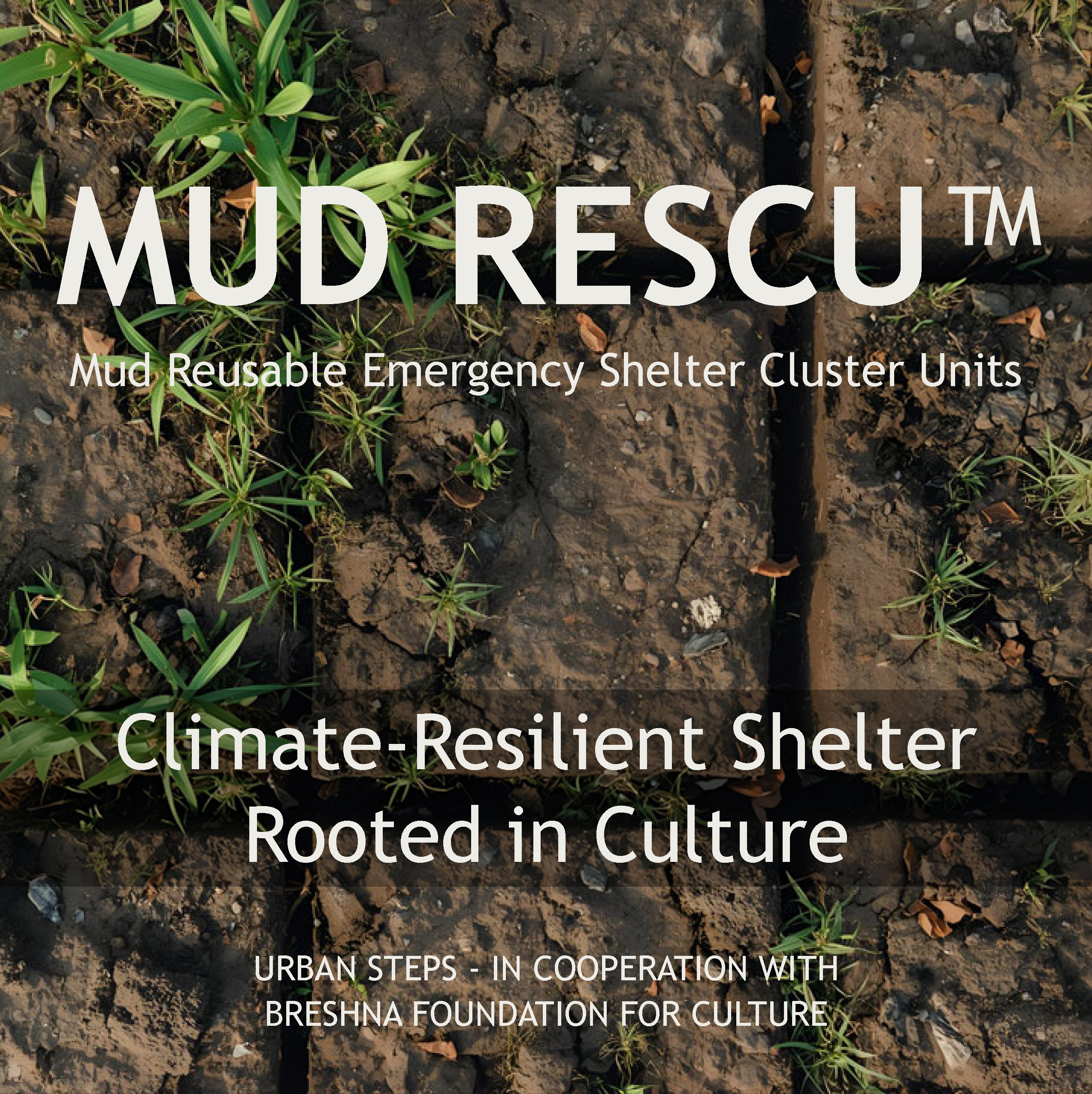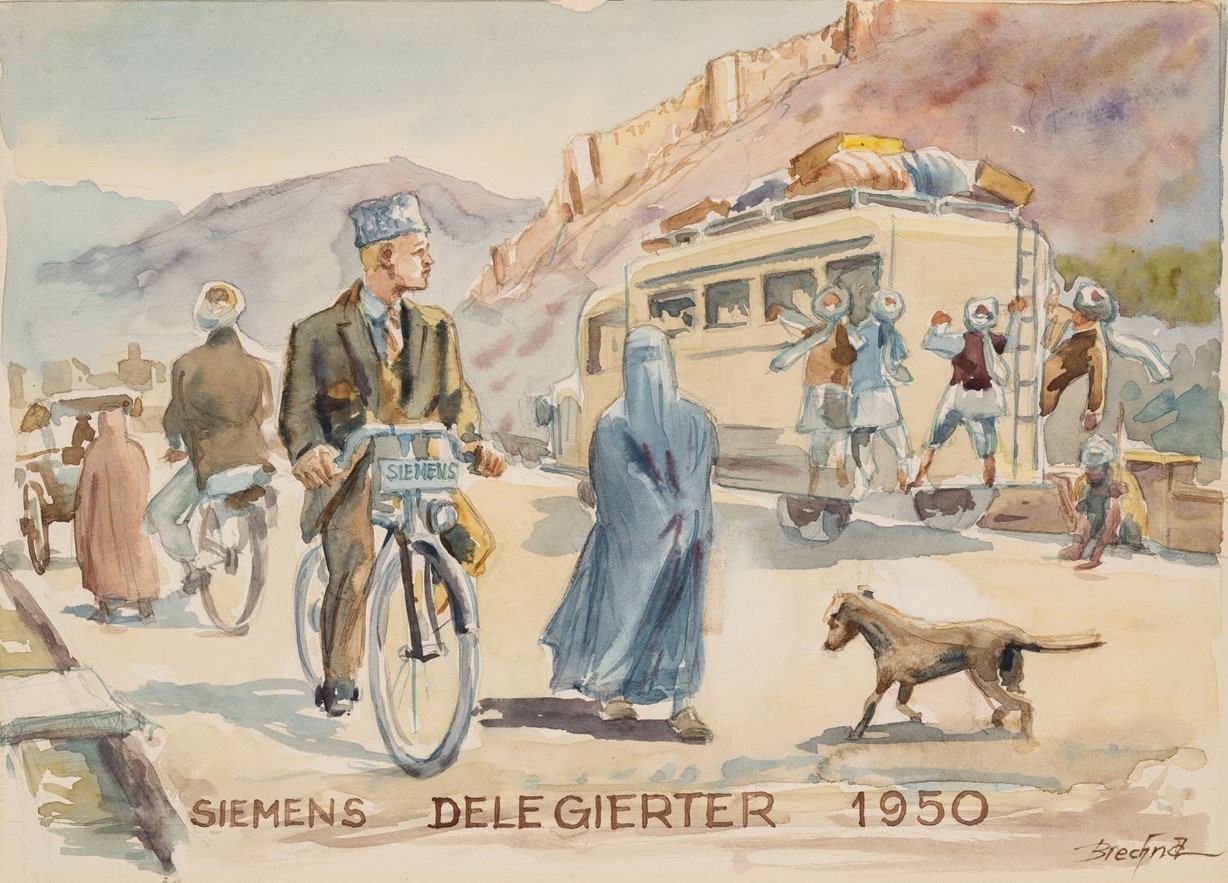
MUD RESCU™ - Mud Reusable Emergency Shelter Cluster Units
Introduction – The Displacement Paradox
MUD
RESCU™ (Mud Reusable Emergency Shelter Cluster Unit) is an innovative
humanitarian shelter concept developed by Urban Steps in collaboration with the
Breshna Foundation for Culture. It responds to one of today’s most urgent
challenges: providing safe, climate-resilient shelter for displaced communities
living under extreme conditions.
A
Vision Grounded in Heritage
The
concept builds on the architectural vision of Abdullah Breshna (1933–2021), one
of Afghanistan’s foremost modern architects and urban planners. Between 1980
and 1987, he taught earthen construction at German universities, presenting it
not as a bygone craft but as both an ecological necessity and a cultural
resource for regions under strain.
(Further
insights in our [Annual Report 2021/22] →)
Abdullah
Breshna’s writings and teaching sought to raise awareness for mud as a
contemporary and responsible building material – not as a relic of the past,
but as a resource for the future. His vision—that architecture must be anchored
in dignity, community, and environmental responsibility—remains at the heart of
MUD RESCU™ today.
Why
MUD RESCU™?
Conventional
displacement camps are dominated by plastic tents — structures that are often
unbearably hot, short-lived, and environmentally damaging. MUD RESCU™ offers a
viable, scalable alternative:
·
Climate-resilient – up to 15
°C cooler in summer than standard tents
·
Low-carbon – zero plastic
waste, approx. 90% fewer CO₂ emissions
·
Privacy-oriented – joint
units provide both protected interiors and semi-shared thresholds for safe
interaction
·
Locally rooted – materials
and techniques build on Afghan construction knowledge while remaining adaptable
to other contexts
From
Concept to Pilot
The
first pilot phase will demonstrate how traditional knowledge can be adapted to
urgent humanitarian contexts. Designed for rapid deployment, MUD RESCU™ is
scalable for both urban and rural emergency contexts in climate-stressed
regions.
Partnerships
& Support
MUD
RESCU™ is developed by:
- Breshna Foundation for Culture – cultural framing
and heritage integration
- Urban Steps – vision, design, and coordination
- MyGrandStory gGmbH – awareness and outreach
Donations
are facilitated through MyGrandStory gGmbH (non-profit, registered in Germany),
which is authorised to issue tax-deductible receipts.
Learn
More
For
detailed data, design principles, and implementation strategies, see the
extended documentation:
Download the full MUD RESCU™ Info Sheet (PDF) →
Includes
technical specifications, comparative performance data, and the scalability
roadmap



